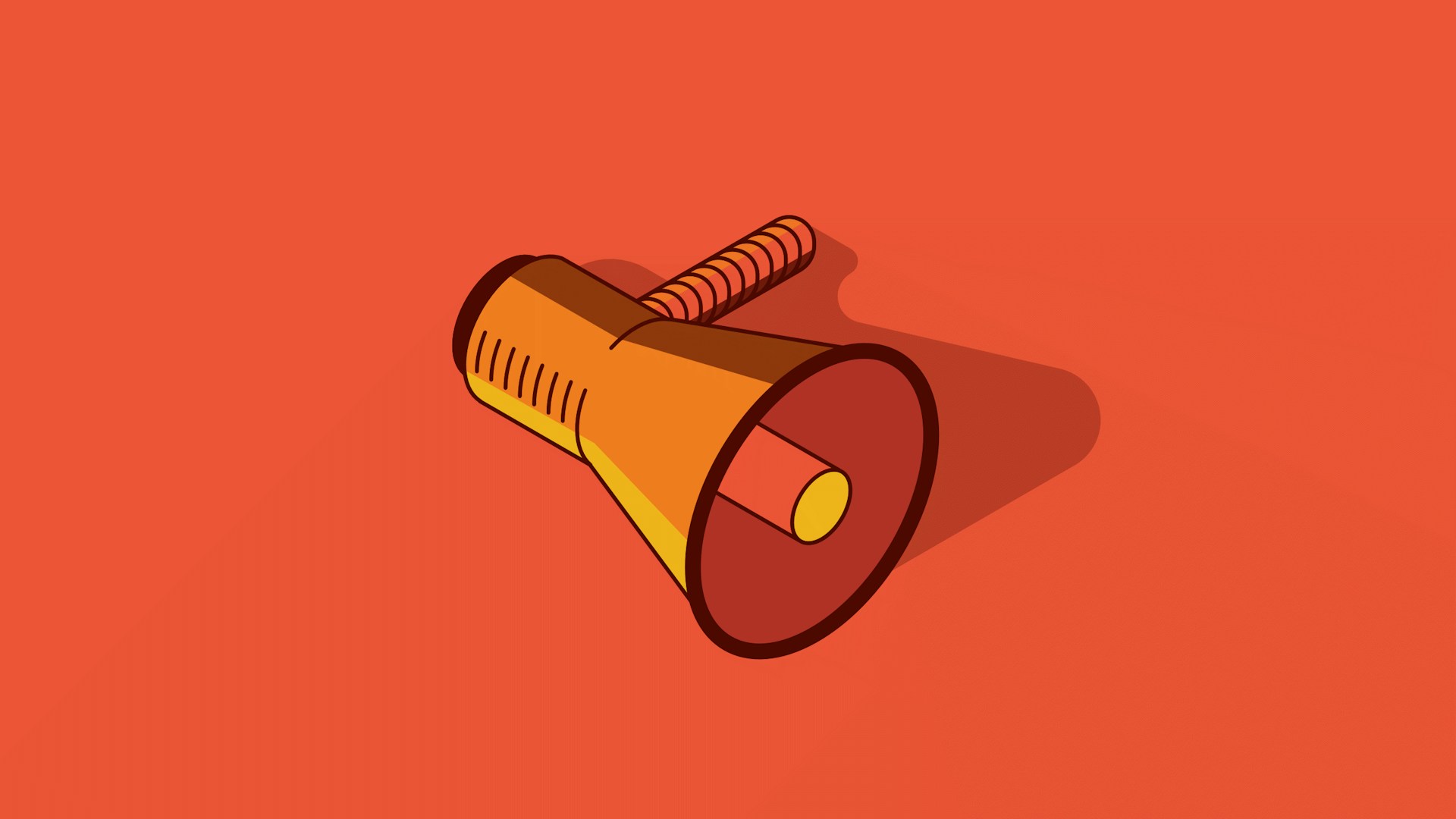CTAs – The key for turning visitors into sales
You’ve got a brand-new website, spent ages making sure the copy is SEO friendly, yet your potential customers aren’t buying!
If your traffic is high but your conversion rate is low – it could be that you need to look at your website’s Call to Actions (or CTAs).
What is a Call to Action? A CTA is a prompt on a web page that highlights to the user the action they should take. The Call to Action often comes in the form of a hyperlink, or, more often than not, a clickable button.
What the CTA says depends on where it’s placed. If it’s a landing page, that could be ‘sign up to our newsletter’ or ‘buy now’. If it’s an ‘About Us’ type page that could be ‘view our services’ or ‘contact us.’
Not all CTAs are created equal – let’s look at some ways that you can optimise your call to actions and improve your conversion rates across your website, landing pages and email marketing.
Intention, intention, intention
Where is that particular Call to Action used? To start thinking about the right CTA for each page, examine your customer’s journey from landing on the page, through to purchase. For example, if a person lands on your ‘About Us’ page, it’s unlikely you are going to try and sell them a service directly from that page. So, in this case, your CTA may be to push them to a page with more specific service information.
It’s best not to do this analysis in isolation. For example, if you are navigating your users around your site using a specific Call to Actions, you need to think about the whole information architecture and ensure that your CTAs across the site are optimised for the user journey.
Structure
It’s not just the wording that you use in the Call to Action that matters, either. You also need to think about the structure and content leading up to CTA. Use the preceding copy, including the header, to introduce the user’s needs and the action they should take. Use the preceding copy, including the header to introduce the user’s needs and the action they should take. For example, if your CTA announces; ‘start selling better today,’ you can introduce this with the header “90% of our customers see an increase in direct sales within one month,” and a blub talking about how the product or service achieves this.
Be Clear, be different
Neither the action the user should take or the outcome of that action should be vague in a good Call to Action. Using a strong and clear verb is important to indicate to the user what the need to do. A CTAs can also be more effective when including the outcome of the action too. For example, ‘Sign up to our newsletter,’ becomes ‘sign up to our newsletter and receive 50% off your purchase.’
While ensuring that you keep the intention and outcome clear, don’t feel like you have to be constrained to the same CTAs that you see on most websites. After all, the whole purpose is of a Call to Action is to get the user to comply with the request. So, don’t be afraid to try something different.
Be a bit evocative with the message – maybe even provocative if you think it will work with your audience. Use your special offers, sales and freebies in your CTAs, occasionally. A bit of FoMO (Fear of Missing Out) can go a long way. Just remember not to overuse it or you risk undermining the whole concept of a sale (DFS, anyone?).
Remember, an enthusiastic click is always more likely to get you a customer than someone who is clicking out of some vague curiosity.
Make it device-specific
The intention of a visitor can often vary depending on the device they are using. Research shows that desktop users are often carrying out research and, as such, are often not as ready to buy as a visitor from a mobile device. So, if you are only optimising your CTAs for desktop, then you could be missing a trick (read our blog on mobile first development ). Make sure that those ‘contact us’ buttons become “call now,” on mobile and those “learn more” become “sign up.”
Test it
This is particularly important if you do take the ‘be different’ approach. A/B testing your CTAs will help you find out what CTAs are most effective with your visitors and customer base. Try it, test it, refine it – that’s the key to success.
TL;DR
Your Call to Actions are an important part of converting the curious to your customers. So, your Call to Actions shouldn’t become an afterthought in your web and email copy. You can optimise your CTAs by:
- Planning your CTAs around your customer’s journey
- Integrating the CTA within the structure and content of your copy
- Ensuring your CTAs include a clear action, preferably with a defined outcome
- Trying to diversify your CTAs with evocative and interesting language, special offers
- Making the CTA device-specific
- A/B testing your CTAs to find out what works well and continue to refine based on your findings.
Need a bit more help?
If you need an independent view of your website’s user experience including; Information architecture, user journey mapping and CTAs, we offer a comprehensive website audit service. To make sure your site not only looks good but is performing as it should, book your Pixel Pixel audit today.

